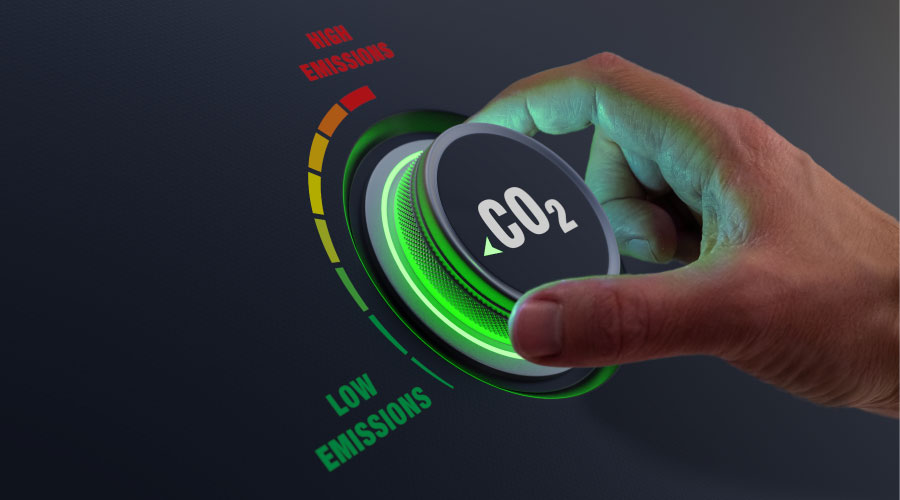Getting Bids and Energy Incentives
Plans, specifications, bids and performance guarantees get the energy efficiency measures ready for final consideration. Energy savings guarantees, if offered by a vendor, should be understood and fully documented, including the method used to measure the energy savings results vs. the base period.
If there are utility or state energy office rebates for energy improvements, they should be added to the analysis to determine the net capital investment. Care should be exercised to make sure the rebate process is followed and pre-approval is sought before the organization commits to the energy project.
Always use conservative assumptions for energy cost, operating hours and energy savings when proposing energy projects. While this conservative approach may well lengthen the simple payback period, it helps guarantee that the estimated savings will be achieved. It is far better to report that an energy project exceeded savings projections than to try to explain why it did not make the numbers.
Good project management will keep the process on track and ensure that the scope of work has been completed — that improvements are properly commissioned, documentation supplied, user training provided and warranties delivered before final payments and sign offs. Just because a vendor says it is finished does not mean it actually is — check to be sure the scope of work is complete and all documentation is provided.
Related Topics:















